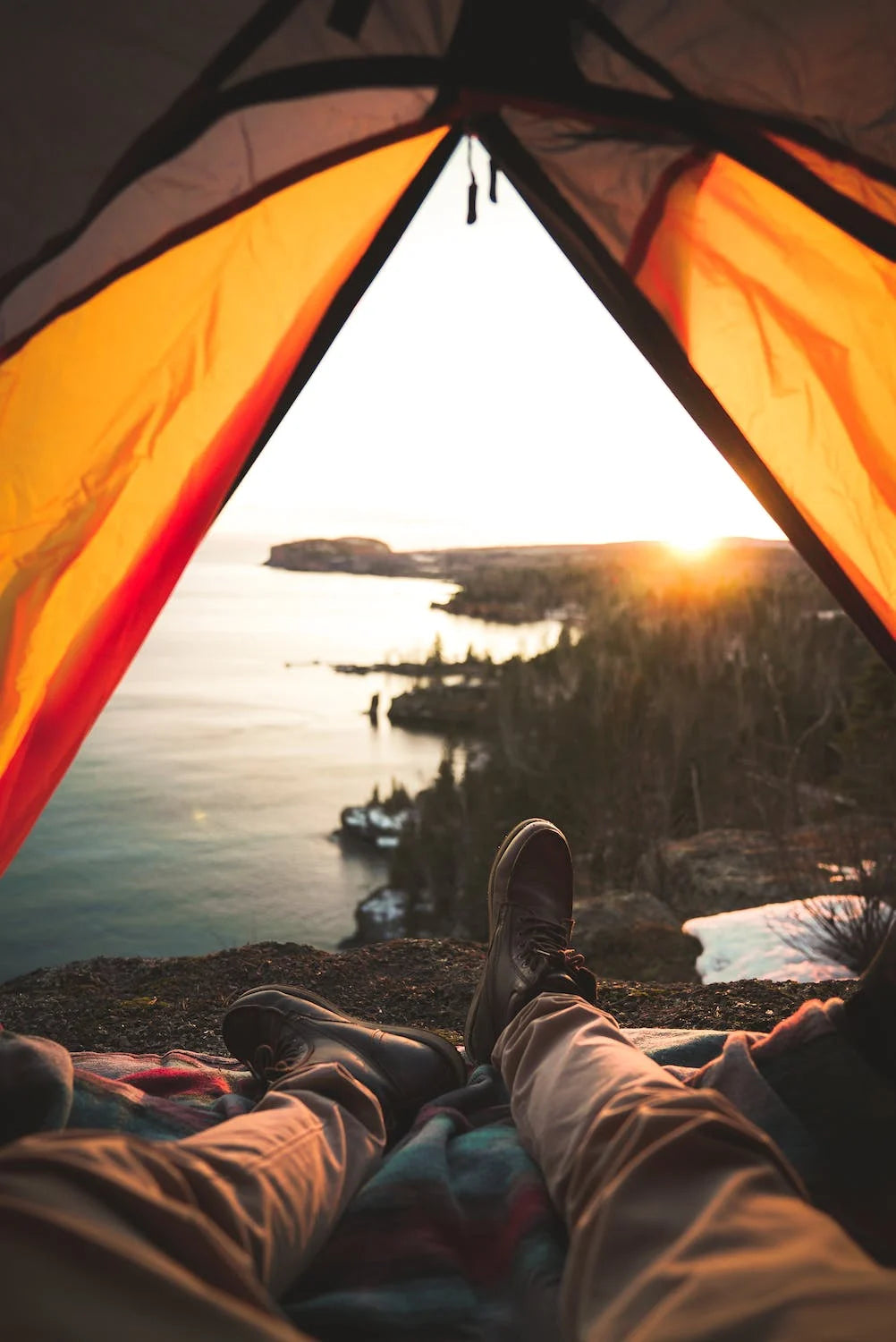Navigating the Great Outdoors: Understanding National Park RV Length Limits
Introduction: Embracing Nature's Beauty Through RV Adventures
The allure of national parks beckons adventurers from all corners of the world, offering a chance to immerse themselves in breathtaking landscapes, diverse ecosystems, and the tranquility of the great outdoors. For RV enthusiasts, these parks provide an unparalleled opportunity to explore nature's wonders while enjoying the comfort of their home on wheels. However, it's essential to be aware of RV length limits within national parks to ensure a smooth and enjoyable journey. This article delves into the intricacies of these limits, helping you plan your RV adventure with ease and confidence.
Understanding RV Length Limits: A Vital Aspect of National Park Visits
As you embark on your RV journey to national parks, it's crucial to recognize that each park has its own regulations, including guidelines related to RV size. These length limits are designed to preserve the park's delicate environment, maintain accessibility, and provide a safe experience for all visitors.
RV Length Limits: The Varying Factors
- Park Infrastructure: The layout and design of roads, parking lots, and campgrounds influence the RV length limits. Narrow roads, tight turns, and limited parking spaces can impact the maximum RV size allowed.
- Campground Facilities: Many national park campgrounds are designed to accommodate smaller RVs due to limited site sizes and challenging terrain. Some campgrounds have designated areas for larger RVs.
- Scenic Roads and Routes: Some scenic routes within national parks, such as the Going-to-the-Sun Road in Glacier National Park, may have specific RV length restrictions to ensure safe navigation through tight curves and elevation changes.
Planning Your RV Adventure: Tips for Adhering to RV Length Limits
- Research Park Guidelines: Before embarking on your RV adventure, thoroughly research the specific national parks you plan to visit. Review their official websites for detailed information on RV length limits and other regulations.
- Reserve Campsites Early: Many national park campgrounds have limited spaces for RVs, especially larger ones. Make reservations well in advance to secure a suitable site that aligns with your RV size.
- Consider Alternate Accommodations: If your RV exceeds a park's length limit, consider staying at nearby private campgrounds or RV parks outside the park boundaries. This allows you to explore the park during the day while enjoying the comforts of your RV at night.
- Use Park Shuttles or Tours: In parks with strict RV length limits, consider utilizing park shuttles or guided tours to access specific attractions without navigating your RV through challenging routes.



